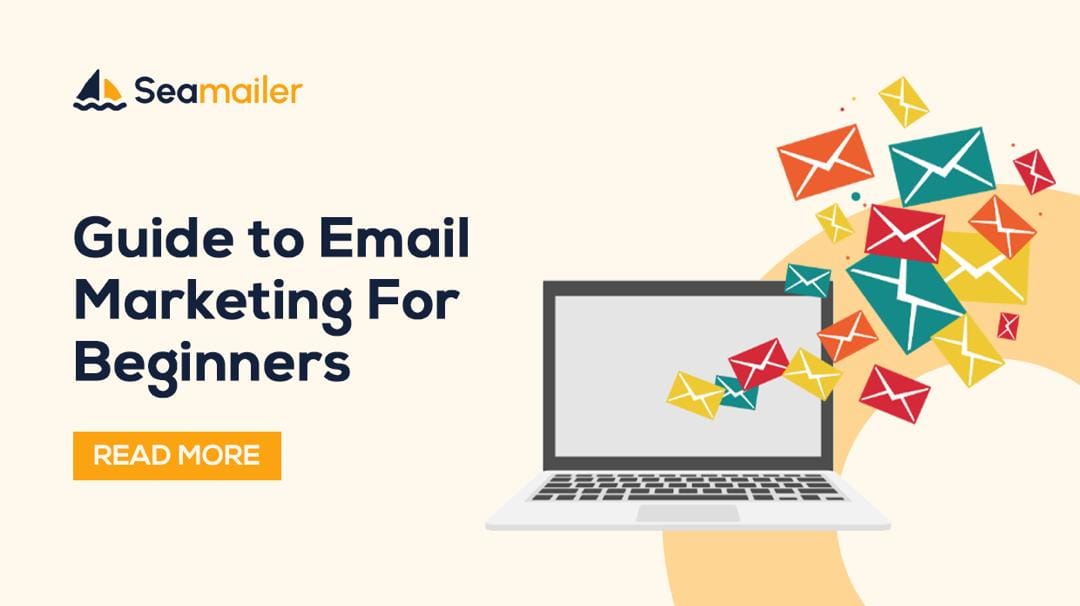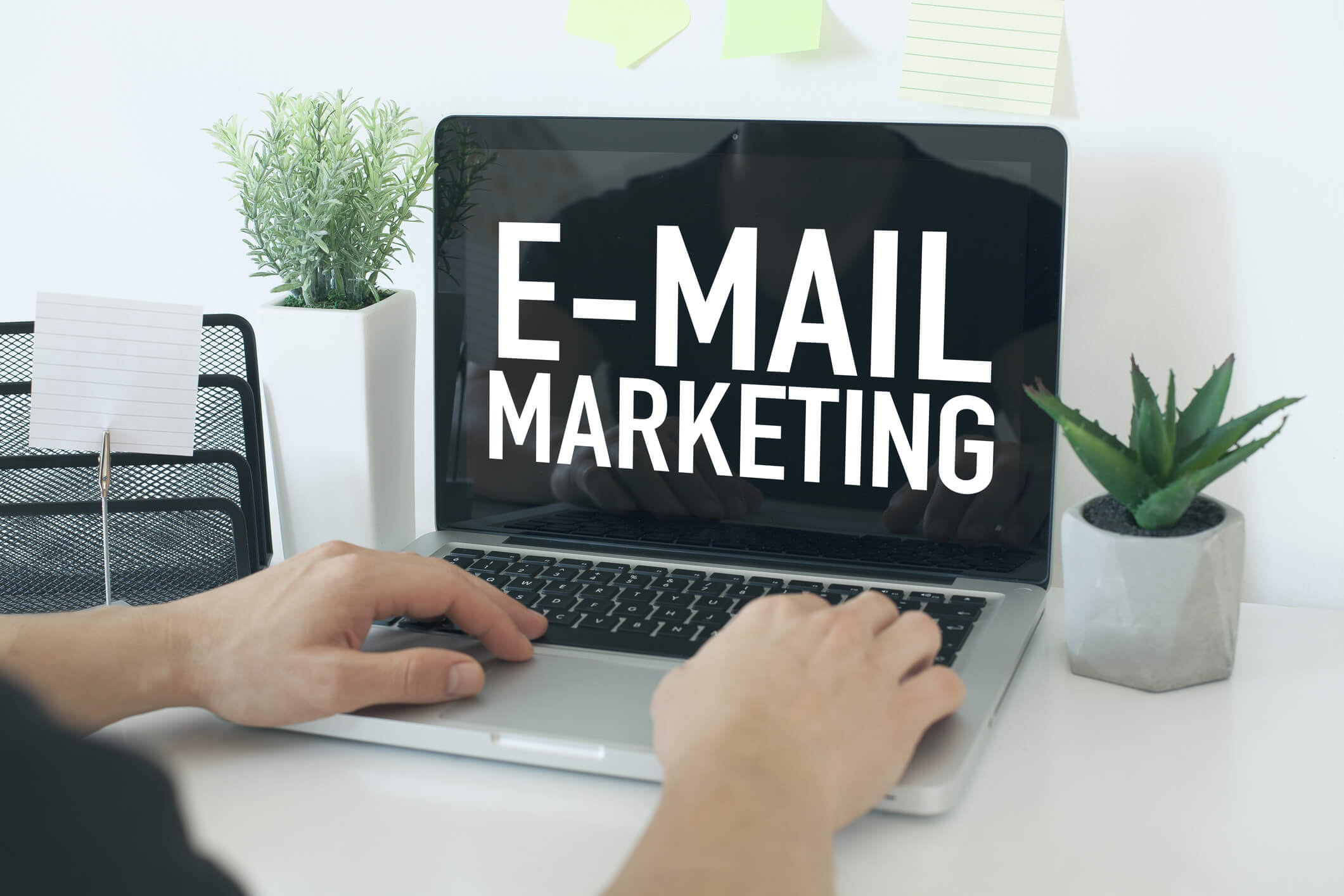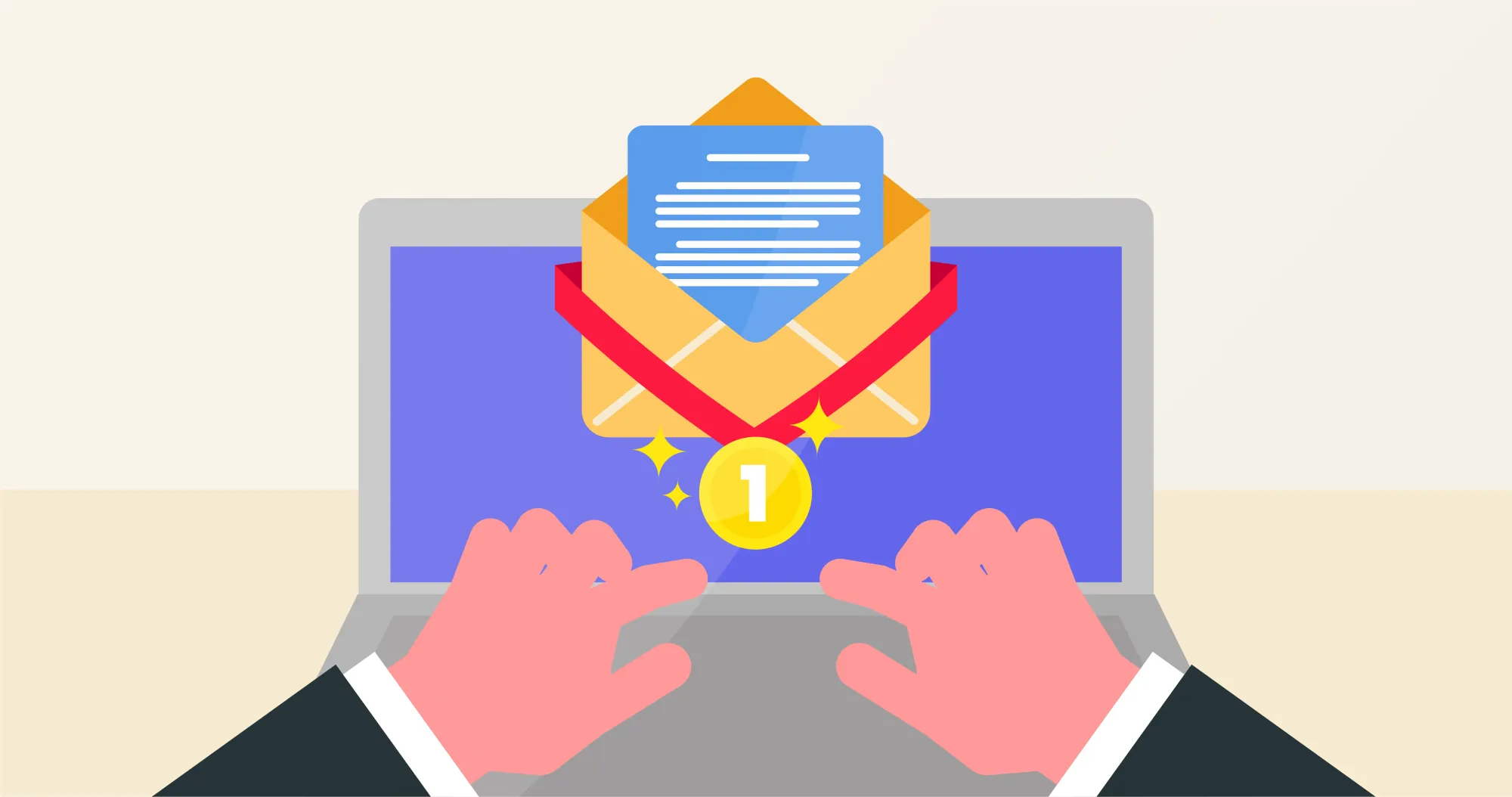What is Email Marketing? A Beginner's Guide for Business Owners

In our constantly changing digital age, email marketing is still one of the most effective business tools for connecting and engaging with your audience. With over 4 billion daily email users and an ROI of $42 for every $1 invested, email marketing is still reigning supreme in the digital space—and for good reasons.
Whether you own a startup business, a small business, or an online store, discovering how email marketing operates can transform how you connect with customers, generate leads, and increase sales.
In this guide, we will walk you through what you need to know about email marketing—from its meaning to best practices and tools like Seamailer that can aid your work.
Table of Content
- What is Email Marketing?
- Why Email Marketing Is Essential for Your Business
- Types of Email Marketing Campaigns
- Building Your Email List
- Choosing the Right Email Marketing Tool
- How to Craft Effective Emails
- Email Marketing Automation Explained
- Measuring Email Marketing Success
- Common Mistakes to Avoid
- Best Practices for Email Marketing in 2025
1. What is Email Marketing?
Email marketing is sending messages via email to your subscriber list (potential or current customers) with the intent to sell your products or services, establish relationships with your customers, or drive traffic to your website.
You can send promotional, transactional, informative, or personalized emails depending on your business goals.
Simply put, it's a string of communication to your audience's inbox directly without relying on ad spend or social media algorithms.
2. Why Email Marketing Is Essential for Your Business

High Return on Investment (ROI)
Email marketing consistently provides one of the highest ROIs of any form of digital marketing. Studies show that for every $1 spent, email marketing can return up to $42.
Total Control Over Communication
Unlike social media sites, where algorithmic changes can limit your audience, your email list is yours. You have full control over when and how you communicate with your audience.
Personalized Messaging
With segmentation and automation features, you can send targeted messages to different audiences based on their interests, behavior, or purchase history.
List Growth Over Time
Unlike paid ads that stop as soon as your budget is depleted, a good email list grows in value over time as you nurture leads and build stronger relationships.
Drive Traffic and Conversions
Email is an excellent channel to promote new blog posts, product launches, promotions, and exclusive content—sending qualified traffic to your website.
3. Types of Email Marketing Campaigns
a. Welcome Emails
First impressions matter. A welcome email campaign welcomes new subscribers to your brand, values, and products.
b. Newsletter Emails
Provide news, updates, or curated content. Newsletters are great for staying top-of-mind and nurturing long-term relationships.
c. Promotional Emails
a. Promotional Emails
Used for launching new products, exclusive promotions, or flash sales. They are typically designed to generate immediate sales.
b. Transactional Emails
Examples include order confirmations, shipment notices, or password resets. While operational, they can be upsell-friendly and personalized.
c. Abandoned Cart Emails
Perfect for online retail businesses. If one leaves items in their shopping cart, a follow-up email can remind one to make the purchase.
d. Re-engagement Emails
When subscribers go quiet, re-engagement campaigns re-activate them with special offers or check-ins.
4. Building Your Email List:
You require a quality email list before sending emails. Here's how you build one the right way:
✅ Create a Lead Magnet
Offer something of value in exchange for their email address:
E-books
Discount codes
Checklists
Free trials
Webinars
✅ Use Opt-in Forms
Place sign-up forms on:
Homepage
Blog posts
Landing pages
Exit pop-ups
Make sure your forms are short, straightforward, and GDPR or other local legislation compliant.
✅ Avoid Buying Email Lists
Purchased lists lead to poor engagement rates, spam complaints, and even legal issues. Always grow your list organically.
5. The Right Email Marketing Tool
A tool like Seamailer makes designing, sending, and tracking emails very easy even for a novice user. An efficient email marketing software should be able to possess the following traits:
1. Easy-to-use drag-and-drop editor
2. Automation features
3. Segmentation capabilities
4. Analytics and reporting
5. Mobile-optimized templates
6. Affordable pricing
The most prominent feature of Seamailer is its simple interface, which is very user-friendly for beginners. Its automation and gorgeous templates also make it highly suitable for startups and small businesses.
6. How to Write Great Emails

Poorly written emails will fail even with the best tool and biggest list. Here's how to write your emails so that they engage and get results:
✍️ Write Super Subject Lines
Your subject line determines whether or not your email gets opened. Keep it:
Short (40–60 characters)
Clear and benefit-driven
Personalized when possible
Examples:
"Mariam, we saved your cart for you!"
"Your 20% discount runs out tonight"
Keep the Structure Organized
Use an organized format:
Header
Personal greeting
Body content
CTA (Call to Action)
Signature
Use Visuals Wisely
Images can make your message stronger but never overwhelm your emails. Ensure they are mobile-friendly and not too heavy.
Include a Clear CTA
Get your reader to do something concrete next:
"Shop Now"
"Download Your Free Guide"
"Schedule a Call"
7. Automated Email Marketing Made Easy
Automated email marketing allows you to send email depending on user activity and behavior—efficient and more personal.
Examples:
Welcome Series: Fires upon sign-up
Abandoned Cart: Fires upon abandoned cart
Birthday Discounts: Fires upon subscriber's birthday
Tools like Seamailer help set up workflows in which subscribers receive the right email at the right time automatically.
8. Measuring Email Marketing Success
To ensure your email campaigns are performing well and contributing to your business goals, you need to track specific performance metrics. These metrics give you insights into what's working, what needs improvement, and how to optimize your future emails. Here are the key email marketing metrics every business owner should monitor: Open Rate.
This tells you the percentage of people who opened your email out of the total number of recipients. A healthy open rate usually means your subject line was compelling and your email was sent at a good time. Low open rates may indicate that your subject lines need work or your emails are landing in spam folders.
Click-through Rate (CTR)
CTR measures the number of people who clicked on a link within your email. It's a strong indicator of how engaging and relevant your email content was to the reader. If your open rates are high but CTR is low, your content or CTA (call to action) might not be convincing enough.
Conversion Rate
This metric goes beyond clicks and tells you how many people completed a desired action, such as making a purchase, signing up for a webinar, or downloading a free resource. Conversion rate shows how effective your email was at driving real results.
Bounce Rate
Bounce rate indicates the percentage of your emails that weren’t delivered. There are two types:
- Soft bounces, which are temporary (like a full inbox)
- Hard bounces, which are permanent (like an invalid email address)
A high bounce rate can harm your sender reputation, so regularly clean and update your list.
Unsubscribe Rate
This is the percentage of people who opted out of your list after receiving your email. While some unsubscribes are normal, a sudden spike could mean your content isn’t meeting expectations or you’re emailing too frequently.
By consistently tracking these metrics, you’ll be able to spot patterns, improve your strategy, and ensure your email marketing efforts are moving the needle for your business.
9. Common mistakes to Avoid
Here are some pitfalls that many beginners fall into:
- Using misleading subject lines
- Sending emails too frequently (or not enough)
- Ignoring mobile optimization
- Not segmenting your list
- Forgetting to test and preview emails before sending
10. Best Practices for Email Marketing in 2025
The email marketing landscape is evolving. Here’s how to stay ahead:
- Focus on personalization: Move beyond “Hi [Name]” and personalize based on behavior and preferences.
- Design for mobile-first: Over 60% of emails are opened on mobile devices.
- Respect privacy: Be transparent and comply with data protection laws (like GDPR).
- Use AI-powered tools: Seamailer and similar platforms are starting to offer AI for subject lines, content suggestions, and send-time optimization.
- A/B test regularly: Test headlines, CTAs, images, and timing to find what works best.
Conclusion
Email marketing isn't out of date—it's one of the best and most cost-effective ways of developing long-term relationships with your list.
By having the right approach, the right tools like Seamailer, and an eagerness to improve things continually, even small businesspeople without any technical knowledge can turn themselves into email marketing gurus.
Start slowly, focus on giving value, and grow your list slowly. Your email list might be your most valuable business asset.

